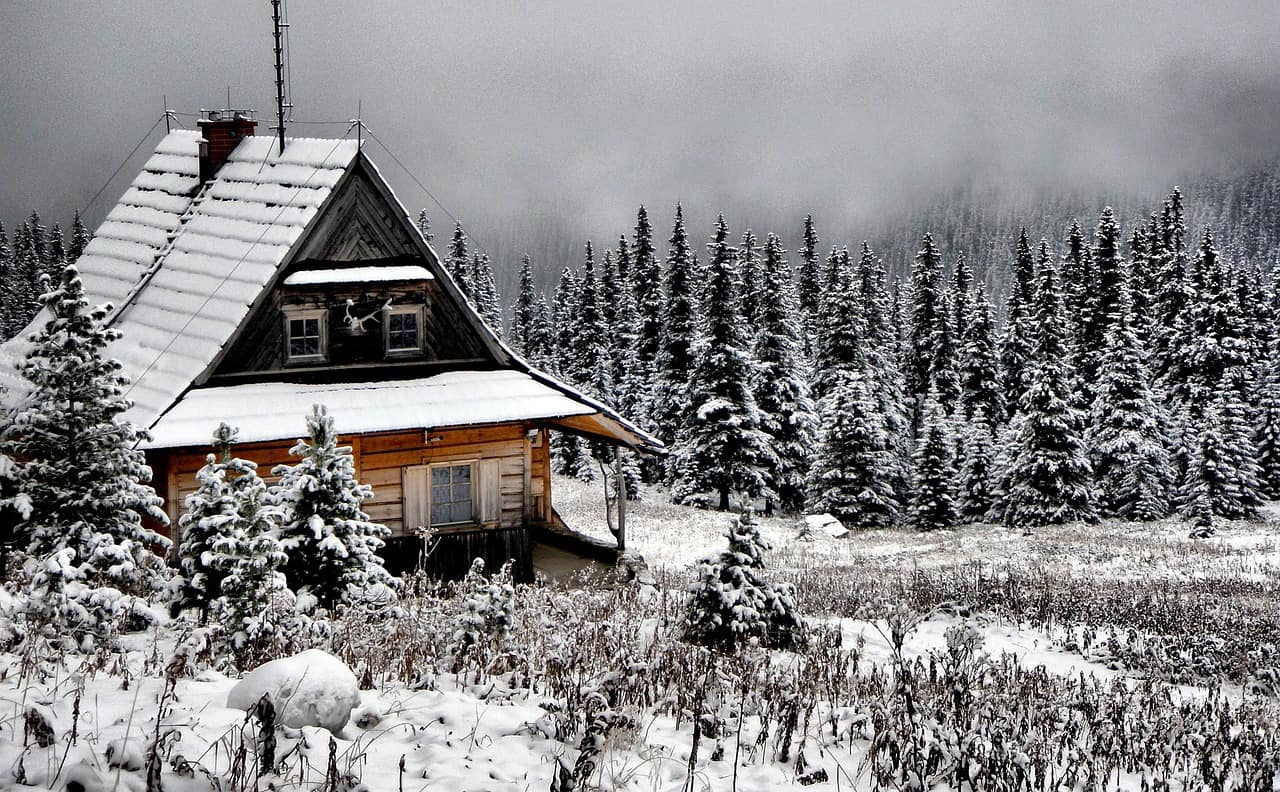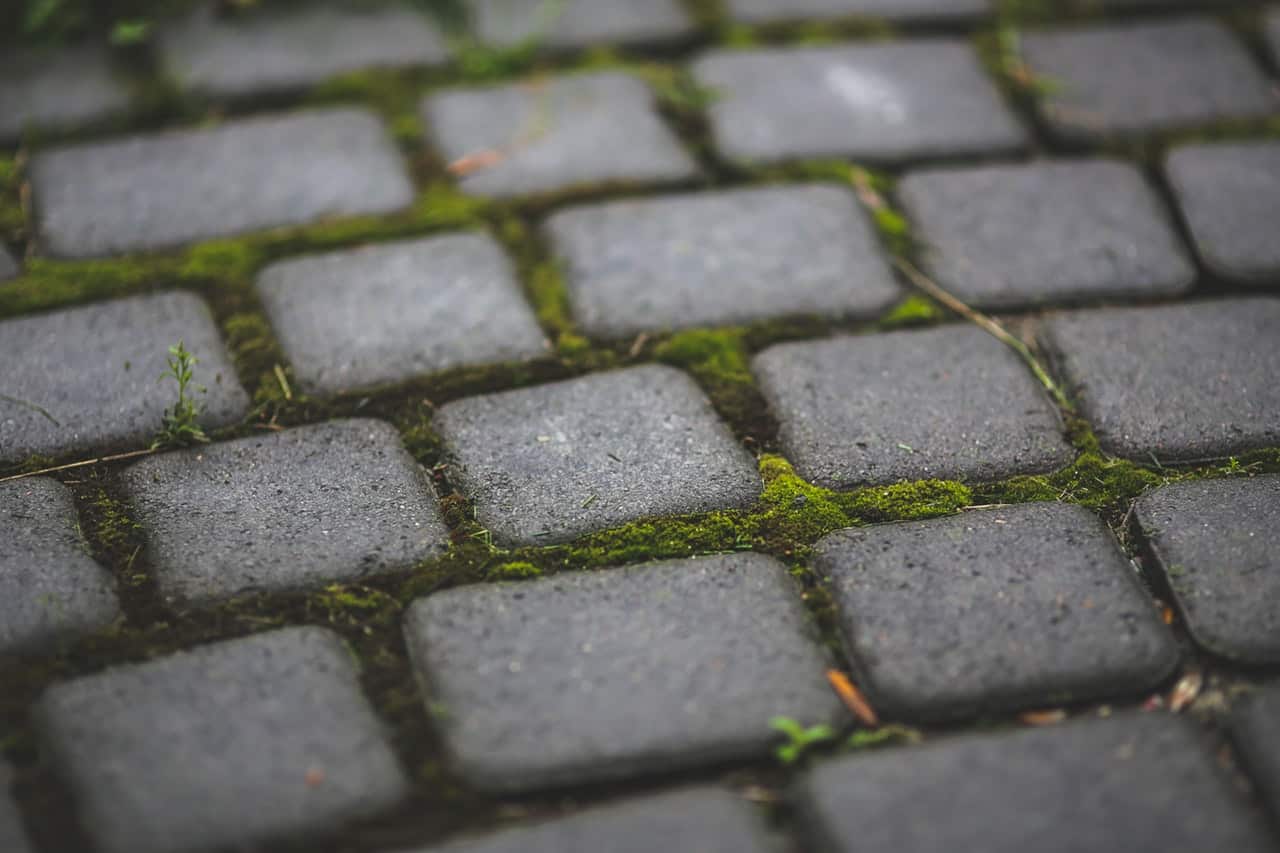This year, climate and weather disaster events have already cost the United States billions in damage.
In 2017 alone, weather disasters cost in excess of $300 billion.
Regardless of where you live, your home could be in danger of weather damage. And even light flooding can cause thousands of dollars of damage.
Luckily, there are ways to keep many of the elements at bay. And weatherproofing your home costs much less than the detriment of having to pay for damage later or move out of your home while repairs are made.
Choose to protect yourself and your belongings from even the worst weather by following these weatherproofing tips and tricks.
Keep reading to uncover 12 tips to weatherproofing your home!
1. Install a Door Sweep
A door sweep is a flexible piece of either plastic or rubber that’s held to the door’s lower edge by a simple strip of aluminum.
It’s easy to install yourself, and it’s an inexpensive purchase.
When you install a door sweep on any first-floor doors, you’ll stop drafts from entering your home underneath your doors.
You’ll also stop excess rainwater from leaking in. Plus, you’ll prohibit unwanted critters from creeping into your home.
2. Install Weatherstripping
Check your home’s outside doors for leaks that allow in cold air. You can do so from inside the house.
If you want to take the high-tech route, a laser infrared thermal gun will detect cold drafts.
If you want to take the do-it-yourself route, move a lit candle around each door frame, and if the flame blows toward you, then you know there’s a draft.
You can seal door drafts by installing felt or foam weatherstripping inside the door frame.
You may have to remove the door first, depending on where the draft is. However, if you’re unsure of what tools to use, you can ask your hardware store for installment instructions and the right tools to do so.
3. Add Attic Insulation
Insulation works for every season’s advantage. It keeps warm air inside during the winter and cold air out. During warmer months, it keeps cool and expensive air inside.
If you’re a beginner, your best bet is to hire a professional to help you insulate your attic. You could also opt to perform part of the job, and have a professional do the rest.
It’s a bit of an expense, but you’ll save money in the long run.
4. Seal Attic Leaks
Is your attic already insulated, but you’re still finding there’s a cold draft making its way throughout the rest of the house?
Finding and sealing gaps in your attack is something you can do yourself. Plus, a leaky attic could be dramatically increasing your heating and cooling costs.
Pull back your attic’s insulation to find and seal any cutouts in drywall for pipes, fans, outlets, and electrical fixtures.
Make sure you also check the chimney, the flute, vent stacks, ducts, and seal them from the inside. You can use caulk to fill those smaller camps and use pressurized expanding foam for the bigger cutouts.
5. Insulate Your Outlets
While you might think it’s silly, a lot of electrical outlets don’t have insulation, especially those found in older homes.
Those uninsulated outlets could be sources of drafty cold air. Warm air can leak out of your house through these same cracks and crevices.
To insulate them, you can do so by purchasing foam padding that fits around your light switches and electrical outlets.
Just remember to be careful and follow directions, especially since you’ll be working around electricity!
6. Get Some New Shades
You’d be surprised at how much the right shades or curtains can make a difference in protecting your home from bad weather.
Honeycomb cellular shades, for example, keep cold air and drafts out. They do so not only from the window but from all around the window frame too.
Open them during the day to allow the energy of the sun to warm your home.
7. Plug Any Leaks
If there are any leaks in your home, plug them. During inclement weather, those leaks and crack can quickly escalate into bigger problems.
You can use a can of spray foam gap-sealer or a tube of caulk, depending on the size of each leak.
Look at your siding, baseboards, windows, and your foundation. If there are any spots you can’t fix right away, write them down so that you can return to them later.
Check any openings around appliance vents, plumbing, and electrical fixtures, and furnace ducts. Check the top of basement walls where the foundation meets wood.
8. Insulate Your Hot Water Pipes
Insulate the hot water pipes in your crawl space or basement by snapping foam sleeves on them.
You can find hollow-core, pre-slit, flexible foam pipe insulation at most hardware stores. Before you make the trip, make a note of all your pipes’ lengths and diameters.
Bring the measurements with you when you take a trip to the hardware store.
Pipes that are exposed to waste heat by cooling the water when it runs through them. Just make sure you include all pipes between the wall and hot-water tank too. And make sure you insulate cold water pipes for the first 3 feet from where they enter the house.
9. Get Your Roof Checked
Roof Damage and vulnerabilities can significantly impact your roof and your home, especially during bad weather.
Roof damage can happen to any home, regardless of age. And unfortunately, it’s not always something you notice until the damage is bad.
Cracks
Shingles crack naturally with age. When that happens, it exposes the underlayment material, which opens up the possibility of a leak in your crawl space or your attic.
Over time, those cracks and gaps can lead to severe leaks.
Improper Ventilation/Heat Damage
Warping and shingle cracking occurs as a result of prolonged exposure to heat, too, especially without the existence of proper attic ventilation.
Protect your roof and your home by getting a qualified roofing professional to check your roof and your attic’s ventilation.
A poorly ventilated attic or crawl space creates an optimal breeding ground for mold and bacteria.
Granule Loss
Over time, gradual granule loss happens, inevitably shortening the life of your shingles.
These granules protect the asphalt and fiberglass base layers, and once they’re exposed, the water resistance of your roof becomes compromised.
A roof in excellent condition will shield your home’s inside from almost any storm outside.
Make sure you also clean out downspouts and gutters. If heavy rain can’t run through, it’ll spill over the sides, allowing it to end up in areas that’ll affect your home’s foundation.
10. Clear Your Yard
The best way to protect your home from flying objects during a heavy storm is to do some yard work.
Get rid of any and all dying or dead limbs from your trees.
Secure all your trashcans, lawn furniture, flower pots, and any other yard ornaments.
If you know a storm is coming, disconnect and remove TV antennas from your roof. Take everything you can lift inside.
When it comes to bigger items like doghouses, playhouses, swing sets, boats, or sheds, tie them down so they don’t become a danger to your home during a storm.
11. Go Over Your Insurance Policies
Look over your insurance policies and ask your provider questions to make sure that you’re covered for losses that occur during bad weather.
Often, damage caused by earthquakes, flooding, and hurricanes isn’t covered under a regular homeowner’s policy. They can, however, be purchased separately.
Make a list of all your belongings as documentation for your insurance company, and keep it in a safe location where it can’t get damaged by weather.
12. Prepare for the Worst
Weather is something we can’t always predict. And even when we see a storm coming, we never know how hard it will hit certain areas until it’s too late.
Prepare for inclement weather by stocking up on the essentials.
The National Weather Service lists items to put in your emergency supplies kit.
In preparing for bad weather, people sometimes forget to consider the aftermath, like how long they might have to go without power.
To alleviate that fear, and give yourself peace of mind, check out these Kubota generators for sale.
Weatherproofing Your Home Is Worth the Time
Weatherproofing your home takes time, effort, and a bit of money. But it’s entirely worth the investment on all fronts.
There are a few essential things you can do to protect your home from the weather, and even the most severe storms.
Don’t wait until a storm is coming your way to get your home ready. Do it now, and you’ll be able to rest easy knowing that you’re prepared for anything!
Plus, doing so will save you money in the meantime, especially if your home has a lot of cracks and holes to fill.
Do you want to learn more DIY tips for bettering your home? Check out other articles in our “home” section!
Discover more from Futurist Architecture
Subscribe to get the latest posts sent to your email.




